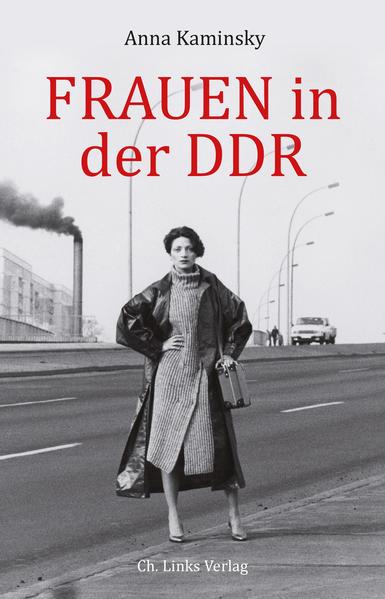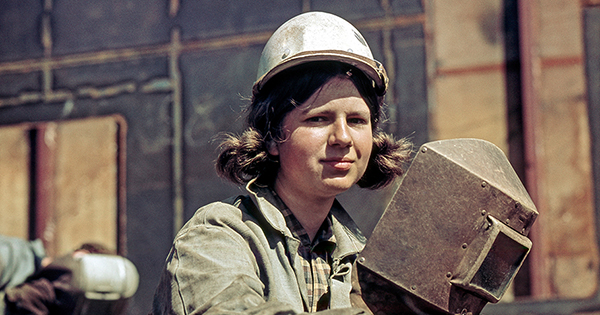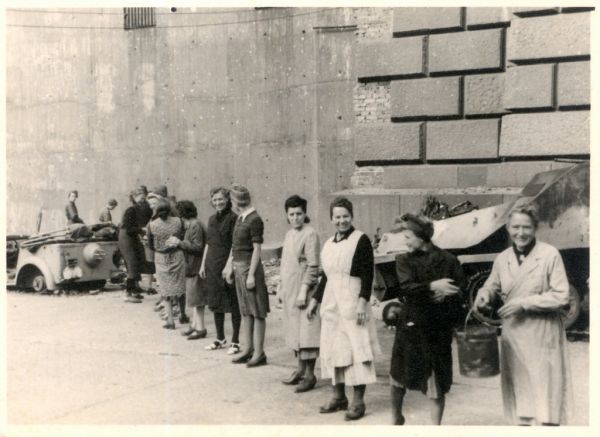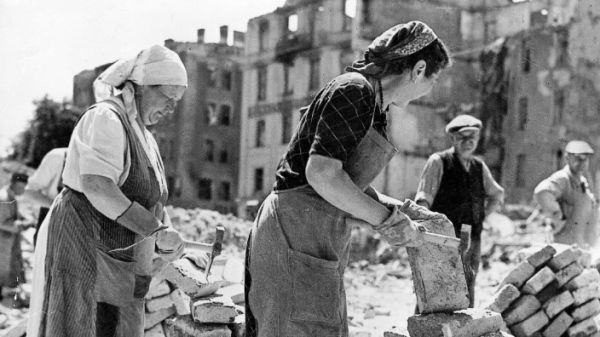Sexual Equality in East Germany
Anna Kaminsky, in her interesting book about the women who lived in East Germany, writes that East Germany really had no choice about enrolling women into its full-time work-force. The number of killed and wounded men, sidelined by World War II, meant that the women had to take up the slack.
I have watched YouTubes of women in the East laboring in bucket brigades, attacking the mountains of war-rubble that resulted from prolonged bombing by British and American air-forces. Long lines of good-humored, tolerant women past full buckets one way, then returned the empty buckets to the front.
But when they had done their duty, cleared the rubble, harvested the crops, and repaved the streets, the women wanted to return home to marry and raise families. Instead, the government basically conscripted them to go back to school, learn a trade, and to start working full-time.
When the women balked, the government initiated one of its propaganda campaigns that derided such womend as "Schmarozerinnen," an unpleasant word for social parasite, or as women preferring a "Heimchen am Herd," little women who never leave the kitchen, to make them feel ridiculous.
By the end of the 1950s, 56% of women worked full-time. By the end of the '60s, the number approached 80%, and by the end of the '80s, 90%. No one at that time thought about the consequences, that the burden of work would limit every aspect of their lives, and limited their opportunity to socialize. Their work-burdens actually increased as the compulsory quality of life in East Germany drove many to seek a new life in the West, at least until the erection of the Berlin Wall.
When the Wall came down, followed by Reunification, the number of women working full-time declined markedly. Even in West Germany, where women also touted Feminism as a lifestyle, the women prefer part-time jobs.






